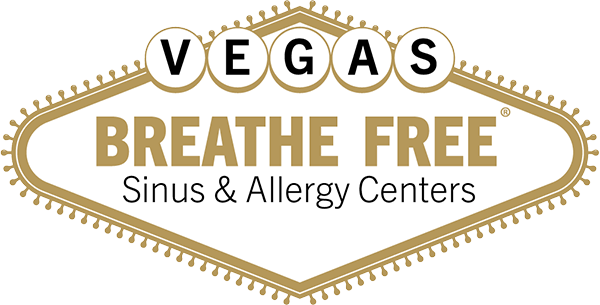We are living in a wonderful age. We have computers that fit into our pockets and on our wrists, jet planes that whisk us around the globe, and cars that can (almost) drive themselves. We are truly living in a technological wonderland.
The field of medicine has seen amazing advances in recent times as well. It was not so long ago that we struggled with how to deal with a simple infection. It took a piece of moldy bread to lead us to penicillin in the 1940s and the wonders of antibiotics.
The first surgery on the heart was performed in 1895 in what is now Oslo. The patient, a young man, lived for four days after an operation to treat a stab wound to the heart, an amazing feat for the times. It wasn’t until the 1950s that what is now known as “open-heart surgery” was first performed. With heart disease being one of the leading causes of death, open-heart surgery has become commonplace and has saved countless lives. Doctors routinely stop a patients heart from beating, circulate blood mechanically for a short time, fix the issues on the non-beating heart, and then restart it when they are done. Truly awe-inspiring.
Coronary angioplasty was first performed in the 1970s. This allowed doctors to insert a balloon or stent into the heart using a tiny opening to treat or prevent some heart diseases without opening up a patients chest.
In the 1950s, radial keratotomy (RK) surgery was developed. This allowed surgeons to reshape the cornea to fix vision imperfections. Today, LASIK surgery uses lasers to correct vision. By applying an extremely accurate laser beam, the eye is reshaped correcting myopia, hyperopia, and astigmatism in a manner of minutes.
In the 1950s, significant effort was spent studying sleep disorders. This led to the development of CPAP machines in the 1980s to treat sleep apnea. This device, worn like a breathing mask at night, helps people breathe while they sleep by ensuring that breathing pathways remain open using positive air pressure. Today, over a million people regularly use CPAP machines to get a good nights sleep.
In the 2000s, the US FDA approved a procedure known as Balloon Sinuplasty. Like angioplasty, balloon sinuplasty uses a small balloon to fix problems instead of surgery. In this case, a balloon is inserted into sinus cavities and gently inflated to enlarge sinus pathways. This procedure is just as effective as sinus surgery but is performed in a doctor’s office using a local anesthetic, e.g., Novocain. Sinusitis sufferers are usually back to their routine within 24 hours and can realize relief from sinus issues that used to require surgery in a hospital.
There are many many more modern medical miracles in the pipeline. It is truly a wonderful time to be alive.


